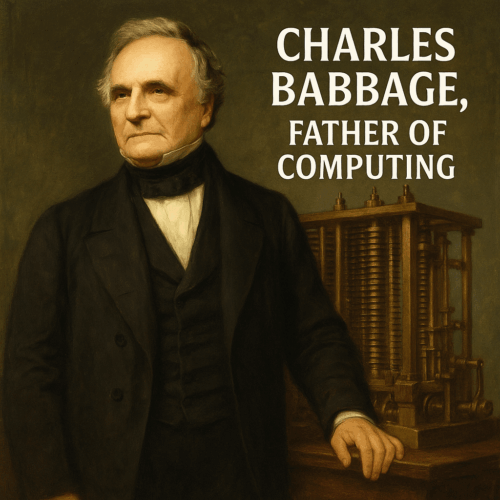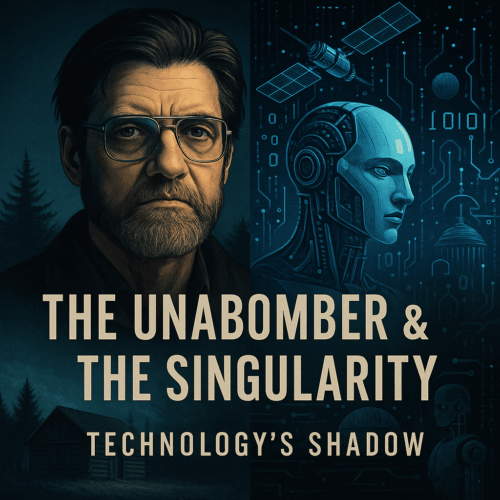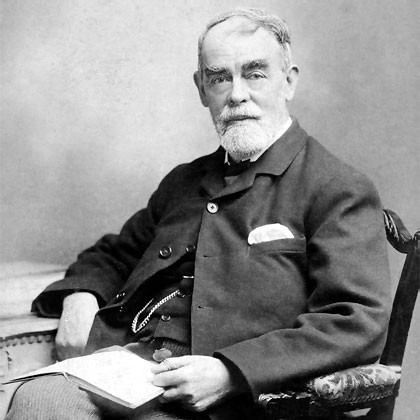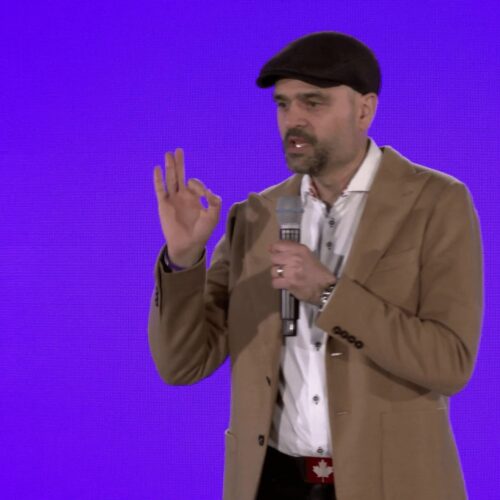Arthur C. Clarke’s 3 Laws: When the Future Looks Like Magic
Socrates / Profiles
Posted on: June 10, 2025 / Last Modified: June 10, 2025
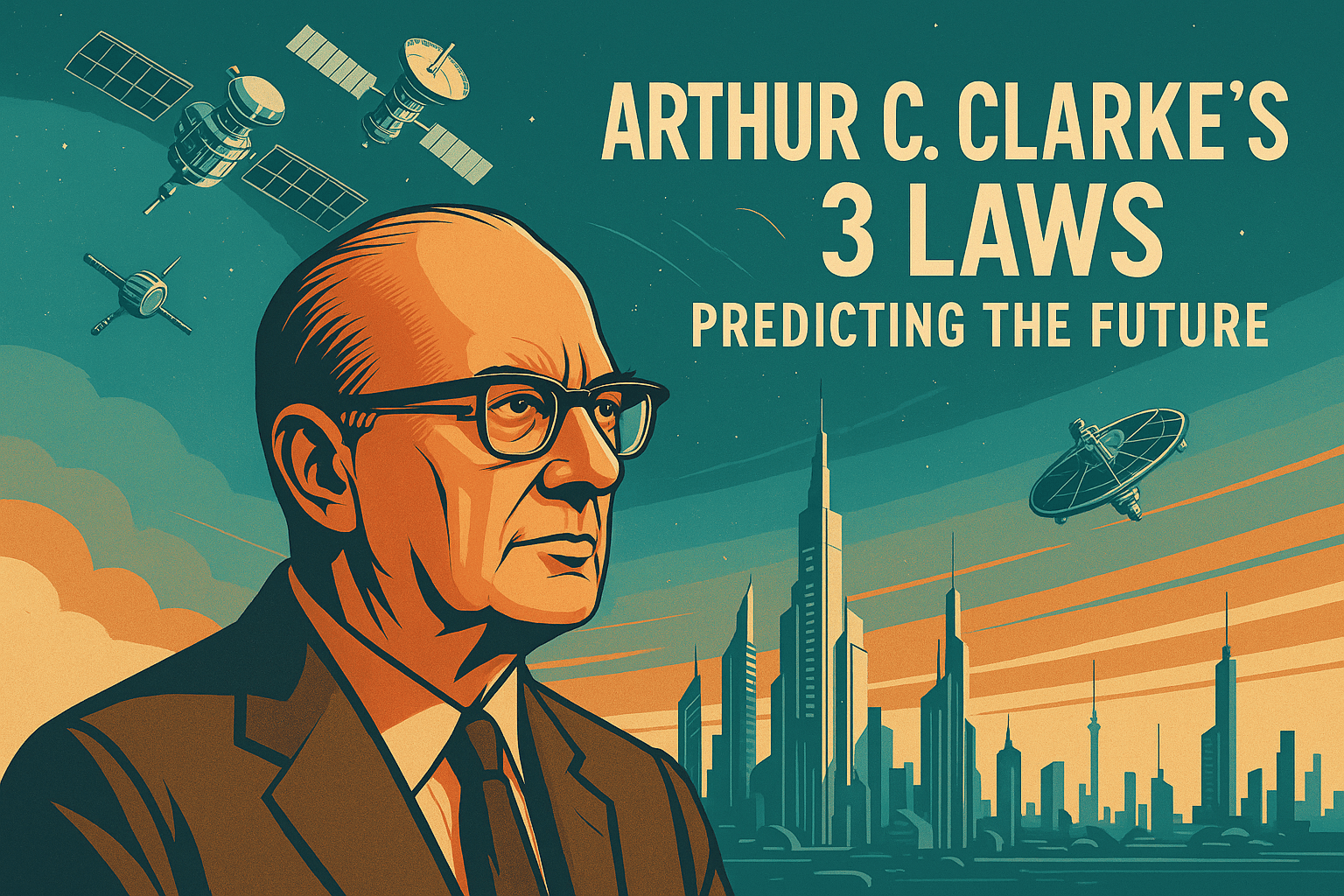 Sir Arthur C. Clarke wasn’t just a science fiction writer; he was a futurist whose predictions often read like prophecy. Best known for 2001: A Space Odyssey and for envisioning geostationary satellites before they existed, Clarke’s legacy continues to shape how we think about the future. Alongside Isaac Asimov and Robert Heinlein, he was one of the “Big Three” of classic sci-fi.
Sir Arthur C. Clarke wasn’t just a science fiction writer; he was a futurist whose predictions often read like prophecy. Best known for 2001: A Space Odyssey and for envisioning geostationary satellites before they existed, Clarke’s legacy continues to shape how we think about the future. Alongside Isaac Asimov and Robert Heinlein, he was one of the “Big Three” of classic sci-fi.
Yet perhaps Clarke’s most lasting contribution isn’t a novel or a technological forecast — it’s a framework for thinking about the future itself:
Arthur C. Clarke’s Three Laws of Prediction
These aren’t rules of physics or fictional guidelines — they’re insights into the psychology of technological progress:
- “When a distinguished but elderly scientist states that something is possible, he is almost certainly right. When he states that something is impossible, he is probably wrong.”
→ Innovation often outpaces imagination — even among experts. - “The only way of discovering the limits of the possible is to venture a little way past them into the impossible.”
→ Real breakthroughs begin where conventional thinking ends. - “Any sufficiently advanced technology is indistinguishable from magic.”
→ If it amazes you, it’s not magic — it’s just the future arriving early.
These three simple lines reveal the mindset of someone who lived not just in his own time, but in several eras ahead.
Watch Arthur C. Clarke Predict the Future
Sixty years ago, Clarke sat down in front of cameras and dared to describe what the 21st century might look like. From satellite communication to AI, his predictions are stunningly accurate — and deeply inspiring.
Here are three rare, retro-futuristic interviews that showcase Arthur C. Clarke at his best:
These clips don’t just show a thinker — they show a visionary who helped shape the trajectory of modern technology. It’s no wonder some refer to Arthur Clarke as a prophet of progress.
Why It Still Matters Today
In an era of artificial intelligence, space travel, and quantum computing, Clarke’s Laws remain not just relevant — they’re urgent. They remind us that skepticism can be shortsighted, that progress requires risk, and that today’s sorcery may be tomorrow’s science.
Arthur C. Clarke’s vision lives on not just in his books or predictions, but in the very tools we use every day. His laws aren’t just reflections — they’re guiding principles.
So the next time someone tells you that something is impossible, ask yourself: What would Clarke say?



